Pond fishing is an incredibly entertaining, accessible way for anglers of any skill level to catch a wide range of fish.
Whether it be in a shallow man-made pond or a much deeper natural pond, pond fishing provides fun for all the family and serious anglers who want to catch the biggest fish.
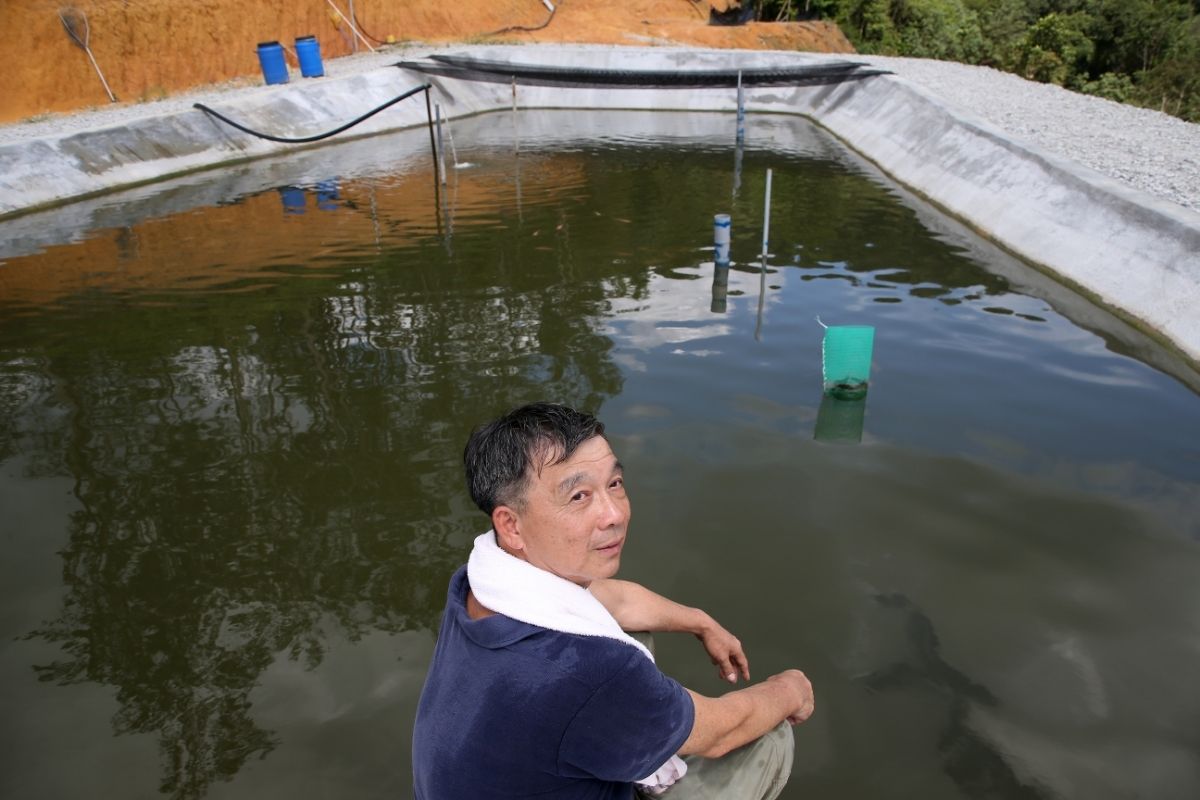
Found all over the world and regularly designed specifically for fishing, ponds can be home to blue catfish, spotted bass, largemouth bass, bream, perch, and so much more.
However, what you get out of the experience comes down to how much you know. Whether you’re a beginner just starting out or a seasoned professional, there are plenty of things you should know.
How you fish in a pond depends on a number of key factors such as the type of fish found in the pond, the depth of the pond, and the structures found in and around it.
In this article, we want to improve your knowledge by covering everything you need to know about pond fishing.
If you want to learn more, make sure you keep reading!
What Is A Pond?
Before we can fully understand everything there is to know about pond fishing, it is important to first know exactly what a pond is.
Ponds are bodies of water that can be both man-made and naturally occurring. A pond is quite similar to a lake, but just on a much smaller scale.
It is common for larger ponds to be mistaken for lakes as most ponds tend to have the same kinds of cover. This can include weeds, trees, grass, fallen trees, docks, and piers.
When it comes to science, ponds are pretty impressive, being capable of surviving through the development of their very own ecosystem.
When left alone, a pond’s ecosystem can easily produce some of the largest species of fish. This is one reason why they are so popular with anglers.
Having said that, the natural nature of some ponds can result in fish becoming stunted. This typically occurs within green sunfish, bullheads, and cichlids, leading to overpopulation.
How Deep Are Ponds?
One factor that plays a part in how many fish and the type of fish that live in a pond is the pond’s depth. As you can probably already tell, pond depth varies massively.
There are shallow ponds home to smaller fish, and much larger, deeper ponds capable of holding much bigger fish.
While one pond might be 5 or 6 feet deep, another could be 20 to 30 feet deep. Larger ponds with more depth tend to host a wider range of fish, making them better suited to experienced anglers who want to catch a variety of big fish.
Water levels in a pond are maintained underground by various sources. These can include an underground aquifer, spring, or well.
Where Will You Find A Pond?
Finding a pond to fish in shouldn’t be a difficult task. There are ponds found all over the country, many of which are perfect for fishing. However, there are places that tend to have more ponds than others, so knowing where to look can be helpful.
An example of this is in areas that were once home to mineral and coal mining. These areas are known to host sediment ponds which are normally used to control the movement and washing of dirt and debris from the mine’s operations.
While they might sound pretty unpleasant and dirty, sediment ponds are actually home to a wide range of beautiful fish. Paying this type of pond a visit could be well worth your time.
How Do Fish End Up In A Pond?
This is a commonly asked question with a quite interesting and surprising answer.
If a pond hasn’t been stocked with fish, you can bet the reason it has fish in it is because of birds.
Yep, you heard that right, birds are responsible for the fish we find in most ponds. The reason for this is wonderful. When a bird lands on water with fish in it, it isn’t uncommon for them to inadvertently pick up fish eggs with their legs.
When they then land on another body of water, in this case, a pond, the eggs fall off, hatching in the pond instead. The new fish will then populate the new body of water and the process will start again.
Fish eggs have even been known to survive in a duck’s digestive system, being deposited in ponds through excretion.
Now you know this, let’s take a look at what invasive and stocked ponds are.
Invasive Ponds
An invasive pond is a type of pond where a new type of fish is introduced despite the pond previously having just one species of fish.
This foreign fish starts to populate the pond, threatening the population and livelihood of the pond’s original fish. This can potentially wipe out the original fish. An example of this is in a catfish pond. Catfish pond owners don’t want any other species of fish in their pond as they could negatively impact their catfish population.
To stop this, the owner of the pond will use the seining method. This method involves dragging a net along the bottom of the pool in order to catch the invasive species. They can then be removed from the pond.
Stocked Ponds
Also known by the name “Pay Ponds”, stocked ponds are a great place to fish if you want to catch a wide range of fish. It is also a great option if you want to catch fresh fish to eat that night.
Stocked ponds are typically stocked with carp, catfish, and trout. Unlike un-managed ponds, the fish in stocked ponds are well fed and looked after. As a result, they are normally incredibly clean, healthy, and large in size.
As the name would suggest, to use a pay pond, you have to pay the owner of the pond a specific fee based on how long you spend at the pond or per each pound of fish you catch.
Most stocked ponds don’t have bream and bass. However, don’t be surprised if you catch one. Once again, birds have been known to accidentally stock this type of pond with bass and bream.
How Can You Tell If A Pond Is Good For Fishing?
Before we look into what makes a pond good for fishing, we would like to remind you to first ask for permission whenever fishing in a pond, especially if you’ve never fished there before. Getting written permission as well as verbal permission is always good.
We can tell a lot about a pond and its suitability for fishing just by looking at it. If the pond is clear, we can safely assume the fish are being well fed with a source of freshwater. This will most likely mean the pond is healthy and safe to fish.
Having said that, a muddy pond can still be perfectly safe to fish.
Here are ponds to look out for if you want the best experience!
Hard To Reach Ponds
It may seem like a strange thing to say, but if you want one of the best experiences possible when pond fishing, you should keep an eye out for ponds that are harder to access.
Due to the lack of fishing that takes place at this type of pond, fish grow a lot bigger. This could leave you with a real treat.
However, to seek this treasure, be prepared to battle your way there.
Large Ponds
Large ponds are up there with the very best places to fish. The reason for this is down to how much versatility bigger ponds offer. You can expect to find a wider range of fish and much better fishing spots.
You can fish from the shore, on a boat, or even from a kayak.
In larger ponds, you might even see bigger fish like bass jump up out of the water. This will give you a good indication of how populated the pond is.
Catfish Ponds
A pond with a muddy appearance can mean a couple of things, some of which can be very beneficial to anglers. Firstly, a muddy pond can be the result of rain that has caused clay and other types of particles to move.
Secondly, and more importantly for us, a muddy pond can be a sign of carp and catfish. Muddy water can be a sign of scavenger feeding behavior. Since both catfish and carp are bottom-feeding fish, it’s common for them to stir up mud and clay as they scavenge.
This is also the case with stocked ponds that have been heavily stocked with catfish. In heavily stocked ponds, the volume of catfish may be almost as much as the volume of water.
The Best Techniques For Pond Fishing
Pond fishing varies from other types of fishing you may have done in the past, therefore, you’ll probably have to deviate slightly from your normal techniques.
The main reason for this change in technique is down to the fish’s laziness. As a result of living in a much smaller environment, most pond fish have become lazy. The fish don’t have to fight as hard for a meal because in many ways their food is already contained within a small area.
This can make it a little harder for you to get a bite.
Let’s have a quick look at how your technique may change when catching some of the most popular types of pond fish!
Catching Bass
Bass are usually quite easy to catch because they are super hungry and aggressive. This makes them lash out, giving you plenty of action.
However, in a small pond, they aren’t as hungry or aggressive. Therefore, you may need to use a number of different lures first in order to anger them and lure them in. If anything you need to be a lot more patient than when normally fishing for bass.
Catching Bream
You have a couple of different options when fishing for bream in a pond. You can use a bobber and bait, or a slow retrieve method.
For the best success, you should use both natural and artificial baits and small hooks. If permitted to, you could also try catching bream by using a chum.
Catching Catfish
Catching catfish in a pond isn’t too different from that in any other body of water. Your best bet is to still use bait. Make sure the bait sits on the bottom when you cast.
To successfully hook the catfish, let it take the line when the line starts to move. This will usually result in the catfish hooking itself.
You could also use a suspended bait and bobber to catch a catfish in a pond, but if the pond has turtles you could draw them in too.
The Best Baits To Use When Pond Fishing
Most anglers have visited a pond before with just a line, hook, cane rod, and a trusty can of worms.
While this can bring success, there is a much wider range of baits to choose from that also bring plenty of success.
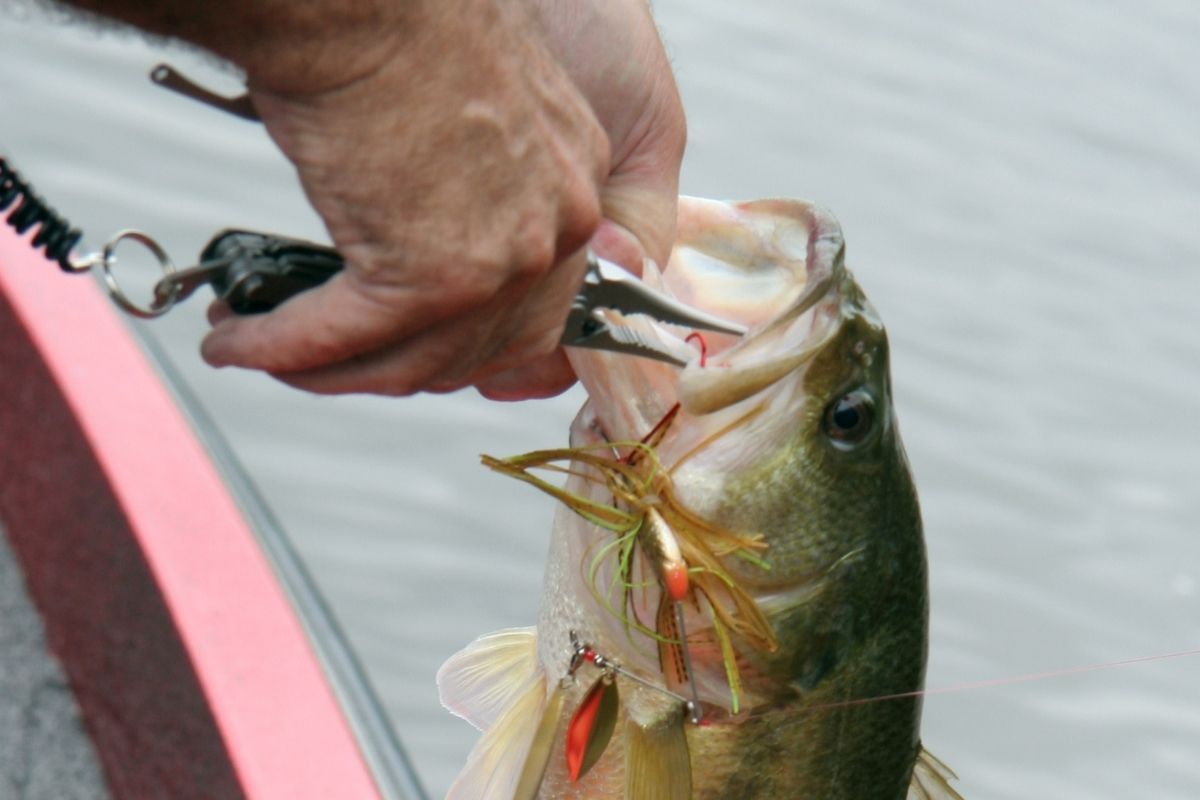
Here are some of our favorites:
Artificial Baits
You have a large range of fantastic options to choose from when it comes to artificial lures, but you need to be careful when picking the right one.
The type of artificial bait you will use depends on the size of the pond.
Fish that live in smaller ponds aren’t used to seeing vibrant, large baits. Instead, they are more accustomed to small bugs, frogs, and fish. With this in mind, you would want to avoid using a large, extravagant bait in a smaller pond. This will only spook the fish.
Your best option is a smaller, plastic bait, swimbait, frog bait, or stick bait. You should also only use a lure that mimics the color of the water and its surroundings.
Worms
It could be argued that there isn’t an angler around that hasn’t used a trusty earthworm at some point in their angling journey. This bait is cheap and cheerful. You can even dig up your own if you have the time.
Using worms when pond fishing is sure to attract catfish, bass, bream, and carp easily.
While most anglers use earthworms, another great choice is nightcrawlers. This type of worm stays on the hook a lot easier than most worms.
Liver
Liver isn’t the most popular choice when it comes to fishing bait, but it’s definitely an option you should consider if you want to catch yourself a monster catfish.
It is also one of the cheapest types of bait you can buy.
We must say though if you’re going to use liver, make sure you get a piece that’s nice and tough. This will ensure it stays on the hook.
The Tackle Needed For Pond Fishing
One of the best things about pond fishing is that you don’t need any special fishing equipment to give it a try. In fact, you can use your standard rod and reel you use for other types of fishing.
However, there could be some circumstances where you want to use something different. For example, if the pond is surrounded by trees and bushes, you might want to use a longer rod so that you can cast it out without getting tangled.
You might also want to invest in a catfish rod and reel if you plan on fishing in a catfish pond.
Other than that, you can use the gear you already have and still enjoy an exciting afternoon of pond fishing with plenty of success.
Final Thoughts
While most people prefer to fish on the sea or in lakes, pond fishing can be just as good, if not better.
Offering just as much variety, if not more, pond fishing is an enjoyable way of fishing any level of angler can enjoy. It offers you the chance to hone your skills, catch bigger fish, or simply learn the ropes.
In this article, we have told you everything you need to know about pond fishing. We’ve looked at where to do it, what you can expect, the different techniques you should use, and also give you some neat tips and tricks to think about.
Now, all that’s left to do is grab your fishing gear, find the nearest pond, and get fishing!
- Do You Need An Indicator For Nymph Fishing? - November 16, 2023
- Fishing Safety Tips For Families - September 25, 2023
- What Is The Best Time To Night Fish At A Lake? - September 18, 2023



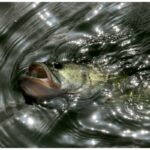

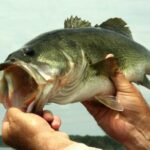

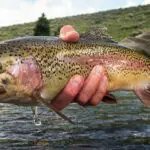
![Kayak Fishing for Beginners [10 Tips for a Successful Trip] fishing kayak moored on a beach](https://irvinelake.net/wp-content/uploads/2022/12/kayak-fishing-for-beginners-150x150.png)
